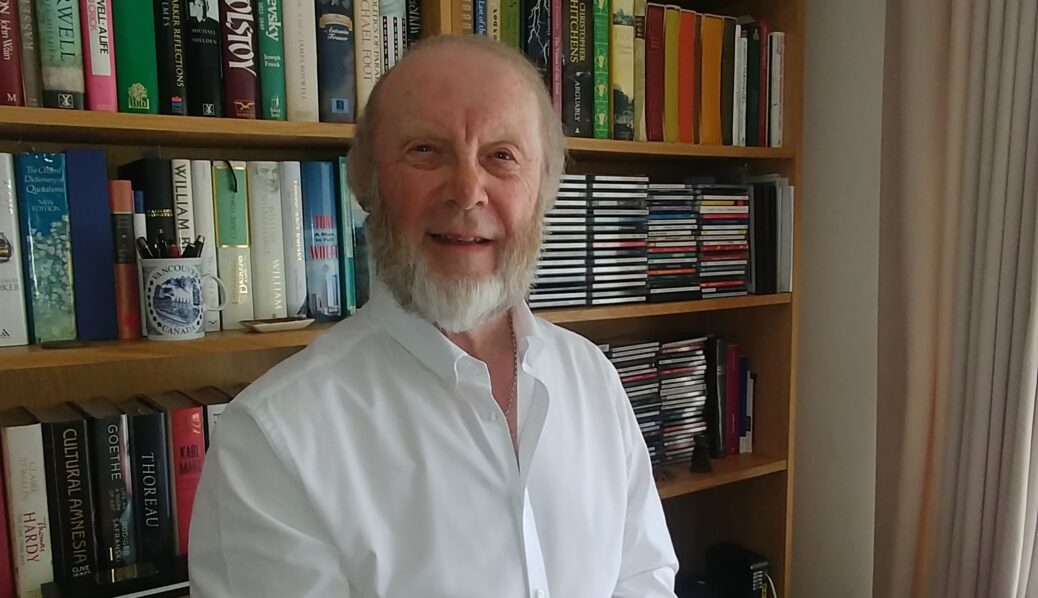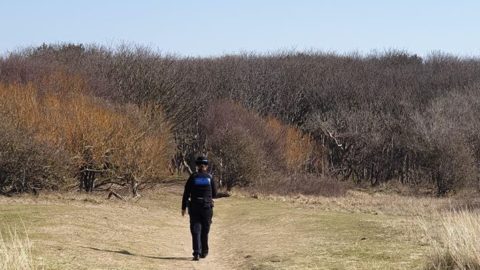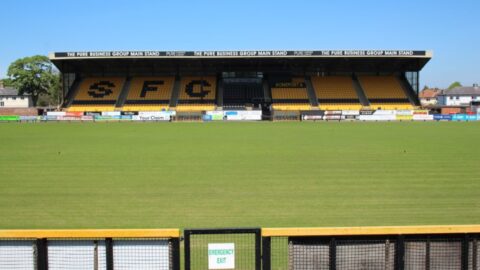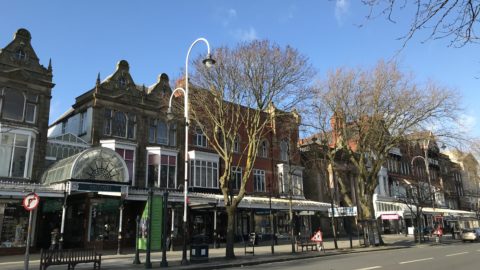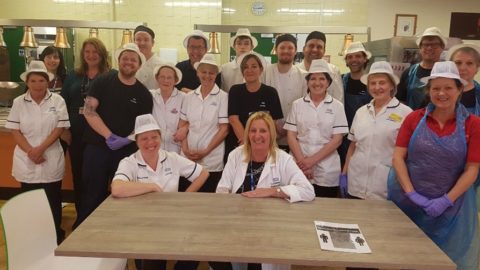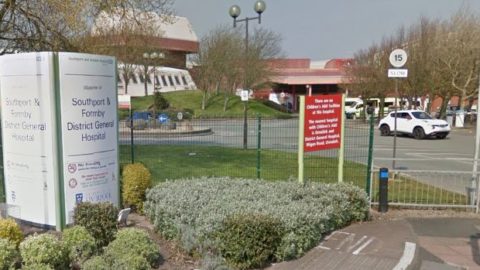By Revd Canon Dr Rod Garner, Hon Fellow at Liverpool Hope University
How churches and places of worship are coping is a good way of putting the problem.
At one level the show goes on. The buildings still stand but are closed and therefore unavailable for people to gather, talk, pray, receive communion, share problems, light candles or just keep silence in a distracted and dangerous time.
There are indications that the ruling on closures may be relaxed quite soon, as has happened in Germany.
The use of social media, streaming and virtual services has clearly helped people with their spiritual needs and will almost certainly play a significant part in the life of some churches when the new normal eventually materialises.
Congregations differ of course. For those who place the receiving of communion as a high priority, its absence is felt as a real deprivation. For others the deprivation will be felt in terms of the absence of fellowship, the opportunity to ‘sing lustily and with good courage’ (as the great Methodist hymn writer Charles Wesley put it ) or to hear the word of God preached.
Read More: ‘Together, while apart’ – how church is staying united while helping others during Covid-19 crisis
For those who see church buildings as unique sacred spaces – houses of the holy that have become special through generations of prayer – it is a sadness not to be able to go inside them, especially at a time like this.
It is the case as the old saying goes that the Church is its people not the building but this is to oversimplify. The building represents a visible, public sign of the Christian religion. It brings people together as flesh and blood individuals of one heart and mind, of all shapes and backgrounds in a common purpose: to offer praise and thanksgiving to God, to pray for the needs of others and then to go and offer responsible service where needs can be met.
The steeple of a church points silently to heaven to remind worshippers that hurts and problems are to be set in the context of the wider perspective of God’s mercy and providence.
The physicality of a building is also an aid to faith and hope in time of tragedy. When the Dunblane tragedy happened parents of dead children came into the local church and found themselves placing their arms around its pillars for comfort in their terrible and sudden loss.
Clergy have also been unable to enter or pray in their own buildings. For some this again has been a source of sadness as has the inability to visit the sick, lonely and bereaved in their homes or hospital.
Read More: Supermarket where workers faced ‘aggressive behaviour’ blessed by church
It also needs to be said that a huge amount of good work has still continued during this enforced absence. The doors may be closed but members have not been moping.
They have been helping the NHS, making and sewing essential protective items, contributing to food banks and keeping in touch with the isolated or shopping for them.
There is a strong desire to be able to gather again when it is deemed safe to do so.
I suspect the return will be a gradual process until fears of infection ease a little.
Time will tell if this proves an historic moment for congregational life – how people gather, where and when, virtually or otherwise – but it is certainly a pivotal one.
Hopefully it will bring out the best in believers.
DO you have a story for Stand Up For Southport? Would you like to write a Guest Blog for us? Please message us via Facebook or email Andrew Brown at: mediaandrewbrown@gmail.com

